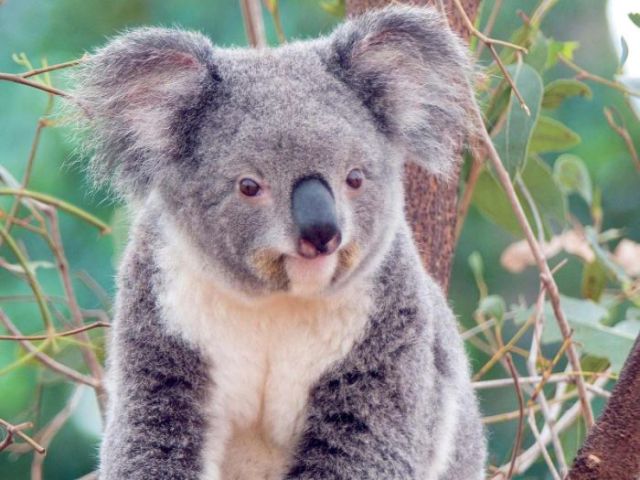


The result is that stallholders’ vegetables and produce look fresher, and their reduced overhead (supermarkets incur high labor, rent and stocking fees) translates into lower prices. While both supermarkets and wet markets in China often buy from the same wholesale markets, supermarkets generally bring in their vegetables the evening before they go on sale, to clean, weigh and package wet market vendors, who are individual small business owners, start their day at 4am with a trip to the wholesale market before a 6am start at the wet market, and spend their day pruning and freshening vegetables as they sell. When they are not being torn down, they foster long-term relationships between customers and stallholders, creating a personal bond hard to find in a supermarket.Īnd their business model often results in lower prices. They pass on knowledge about which vegetables are in season, coming into season or going out of season soon.
Koala wet how to#
Stallholders often make recommendations for which vegetables traditionally go together and how to cook them. On a social level, wet markets are important as a way to pass down cultural food knowledge. The renovated Wulumuqi Zhong Lu wet market After a several-month renovation, my daily wet market on Wulumuqi Lu reopened last month with terrazzo floors and plate-glass windows. In Shanghai alone, there were nearly 1,000 as of 2019. Far from being replaced by supermarkets, wet markets have made improvements in sanitation and hygiene and are still thriving. After a couple of years, and a boom in the number of supermarkets from both foreign companies like Carrefour and local ones like Lianhua, customers stuck by their wet markets for most fresh food and used supermarkets for supplemental shopping and dry goods. In the early 2000’s, China implemented a policy called nong gai chao or Replacing Wet Markets with Supermarkets, in a bid to “upgrade” cities and “modernize” wet markets. In an aesthetic sense, they are an antidote to the sterile, plastic-wrapped world of the supermarkets that have tried unsuccessfully to replace them.

So-called for their open-air origins, where the ground was hosed down throughout the day, they are the traditional backbone to China’s food supply system. Wet markets are a cornerstone of China’s food distribution system, and have benefits for society both tangible and intangible, from improved nutrition for children to stronger interpersonal relationships. But most wet markets are not wildlife markets and confusing the two is dangerous.

The relevant one is that in doing so this time, as media outlets cover the coronavirus, some journalists are mixing up wet markets and wildlife markets. This is classic Orientalism, painting China’s food habits as outrageously exotic and craven. The Huanan Seafood Market sign in question Just how does one eat a hedgehog (18rmb) anyway? The idea that one might find a live koala or a wolf pup ( gray wolves are endangered in China) for the price of a bottle of wine is not believable. Newspapers from The South China Morning Post to The Guardian cited a single signboard from the market claiming absurdly low prices for wildly exotic animals, including koalas, wolf pups and hedgehogs. How much does a live koala cost? If some media are to be believed, live koalas and wolf cubs sold for 70rmb per jin at Wuhan’s Huanan Seafood Market, the probable start of the global coronavirus outbreak.


 0 kommentar(er)
0 kommentar(er)
